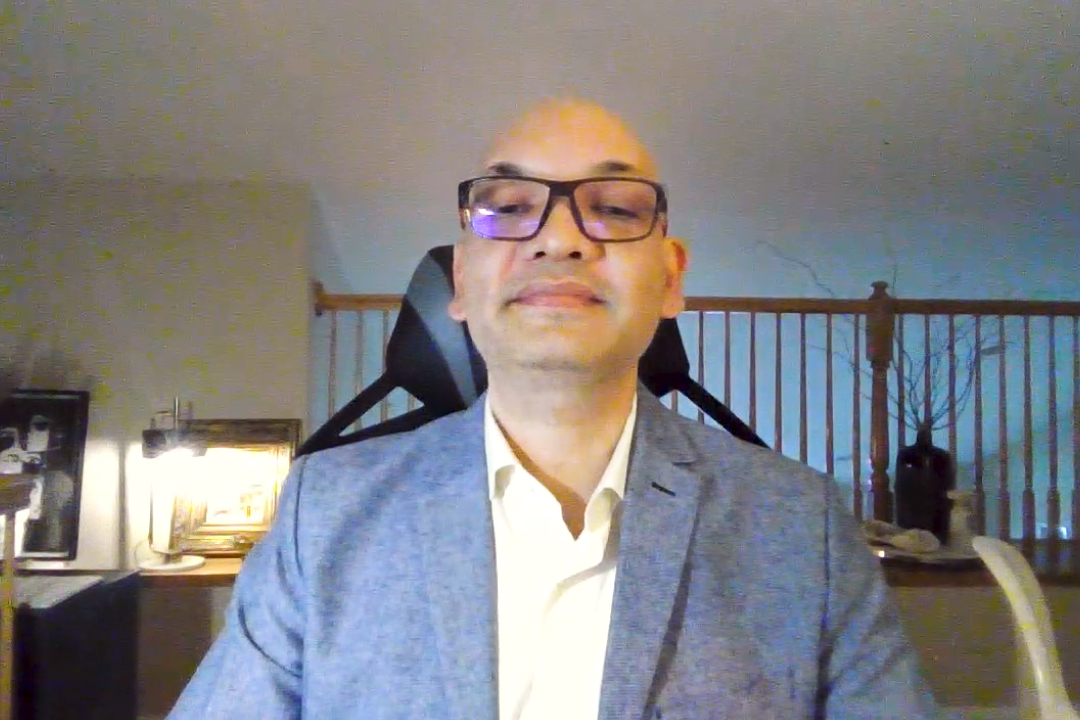The importance of regular touch points
Shadina knows that each practice is unique, so to better understand their needs she stays in close contact with them through in-person meetings, video conferences, phone calls and emails. By understanding the practice’s strategy, objectives, needs and challenges, she can manage the relationship with more insight and tact to create a positive relationship.
Shadina considers these meetings the cornerstone of her relationship. She works with the staff to discuss performance based on various risk adjustment metrics, with a focus on specific patients and their risk assessments. Patients overdue for a risk assessment are prioritized for outreach, with the goal of improving patient experience and outcomes.
For example, Shadina works with a small family medical center in Pennsylvania that submits around 180 patient health assessments annually. The initial meetings between Shadina and the practice were productive, but Shadina could sense some hesitancy to fully commit to the program.
However, a few months into the program, everything fell into place for the practice manager when Shadina showed her the practice’s performance on a particular metric. Shadina explained what the practice needed to do to improve, and they made plans to work toward a new goal.
This practice is becoming more engaged as they see the potential for success. Physician leaders at the practice recognize the value of regular touch points with Shadina and have started attending the monthly meetings. As Shadina continues to make inroads through communication, she steadily builds trust with practice staff.





